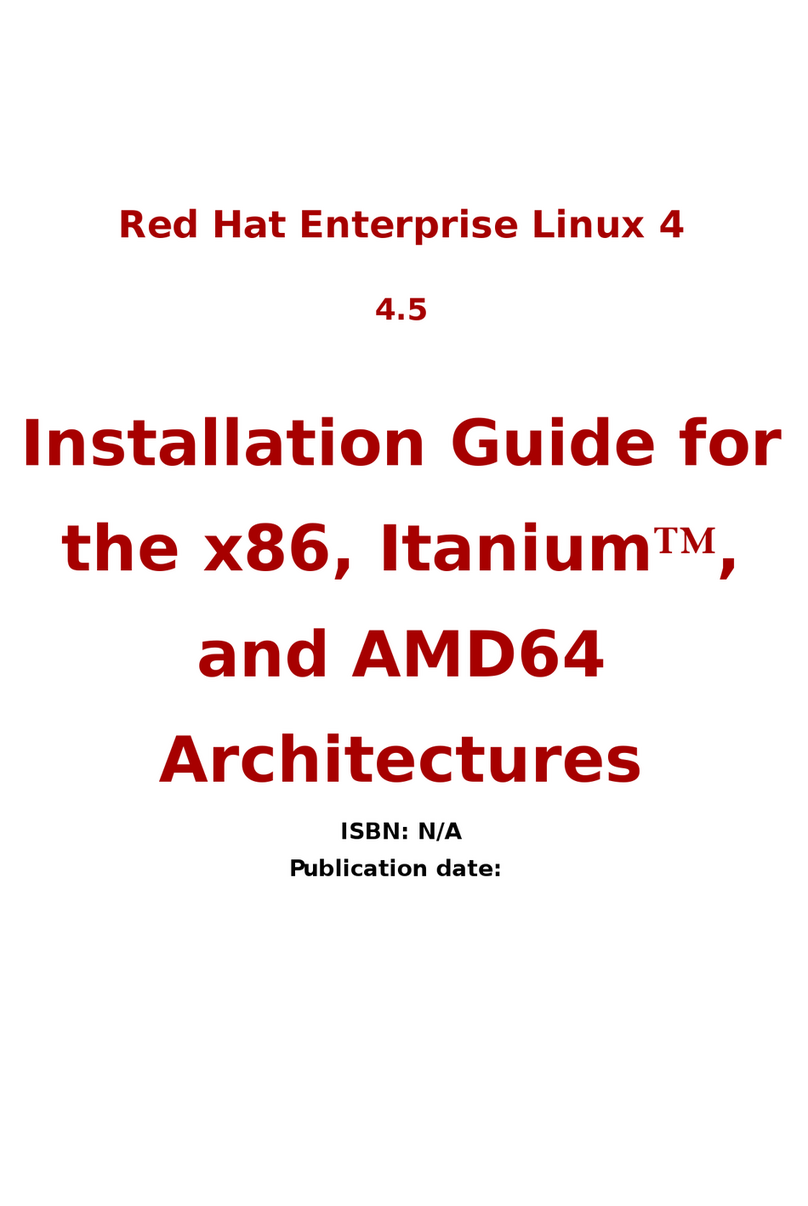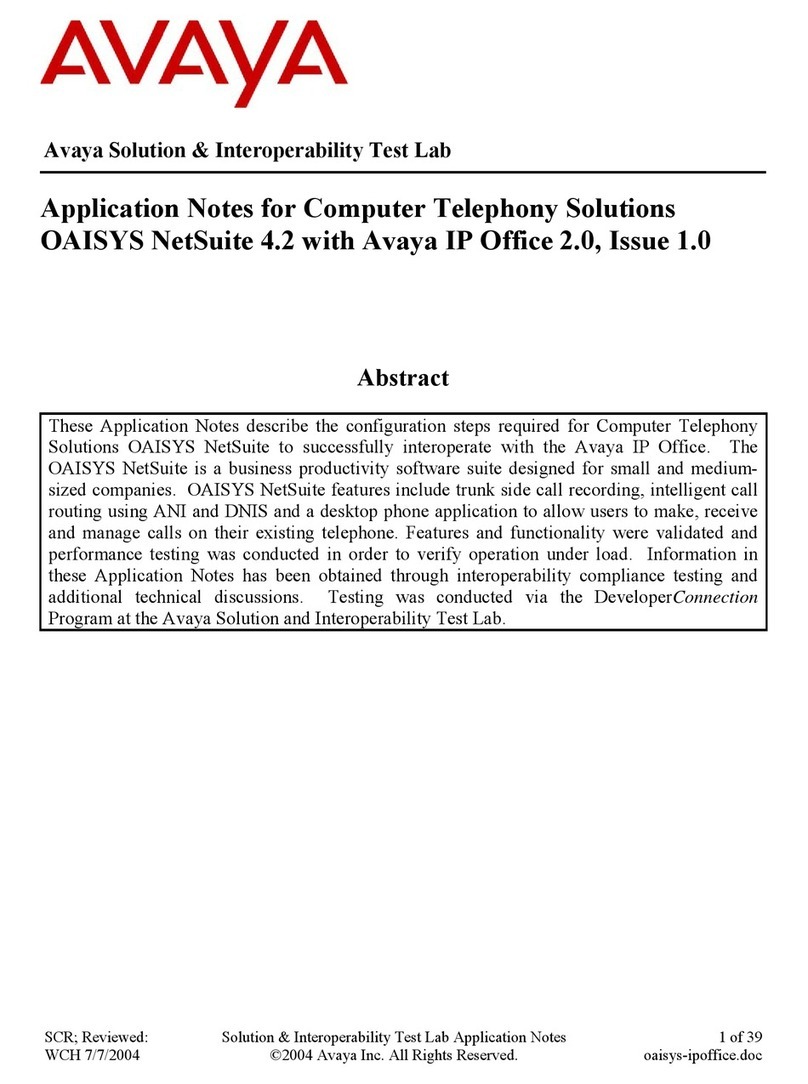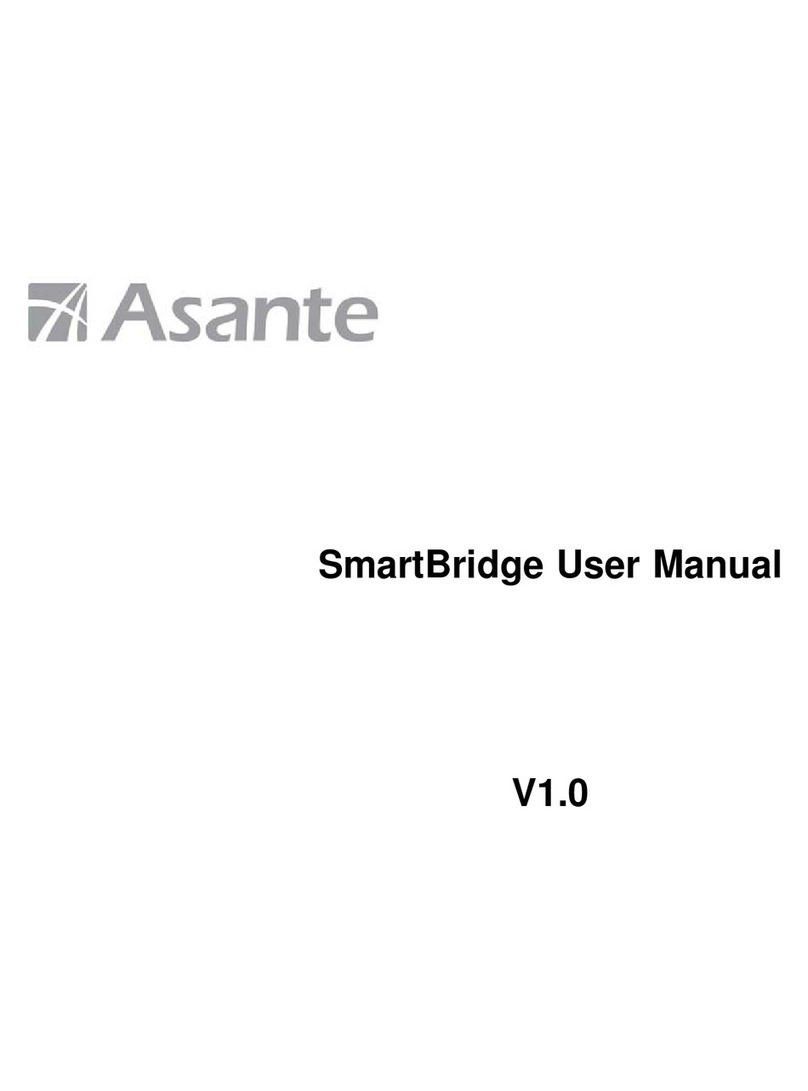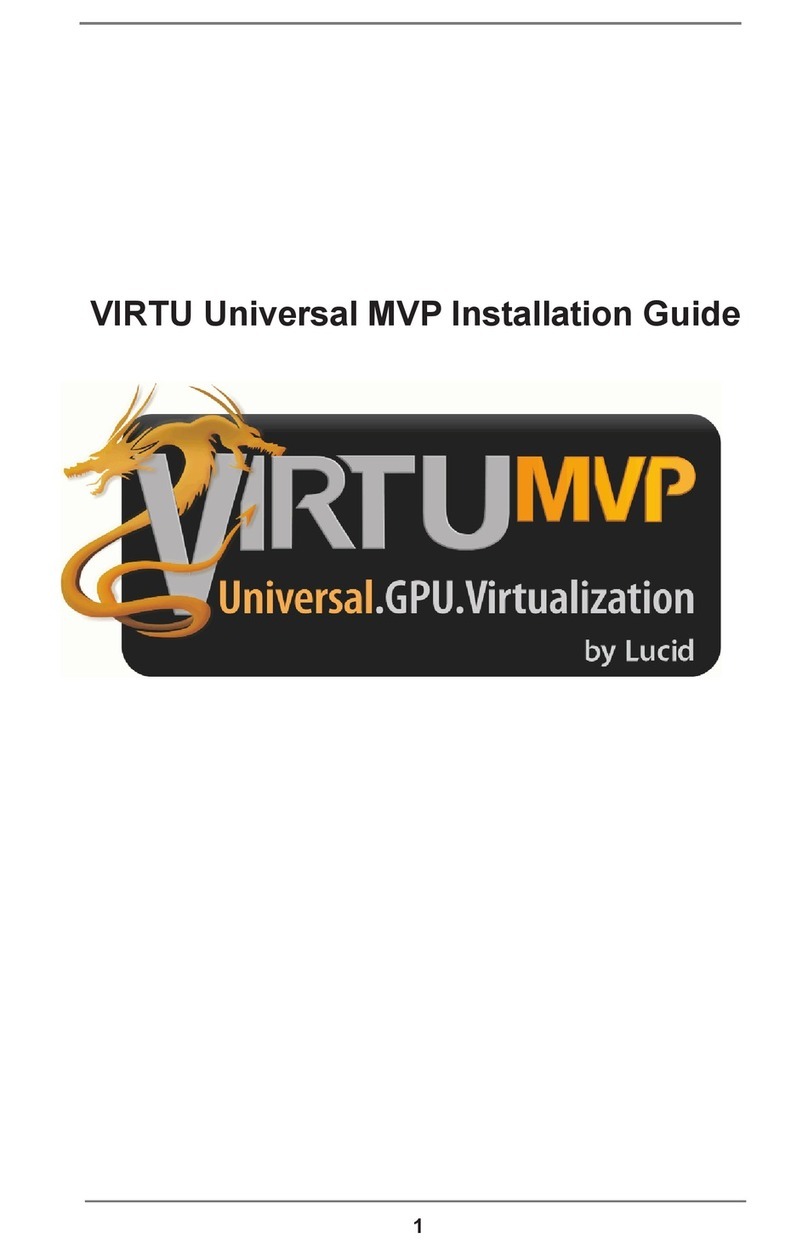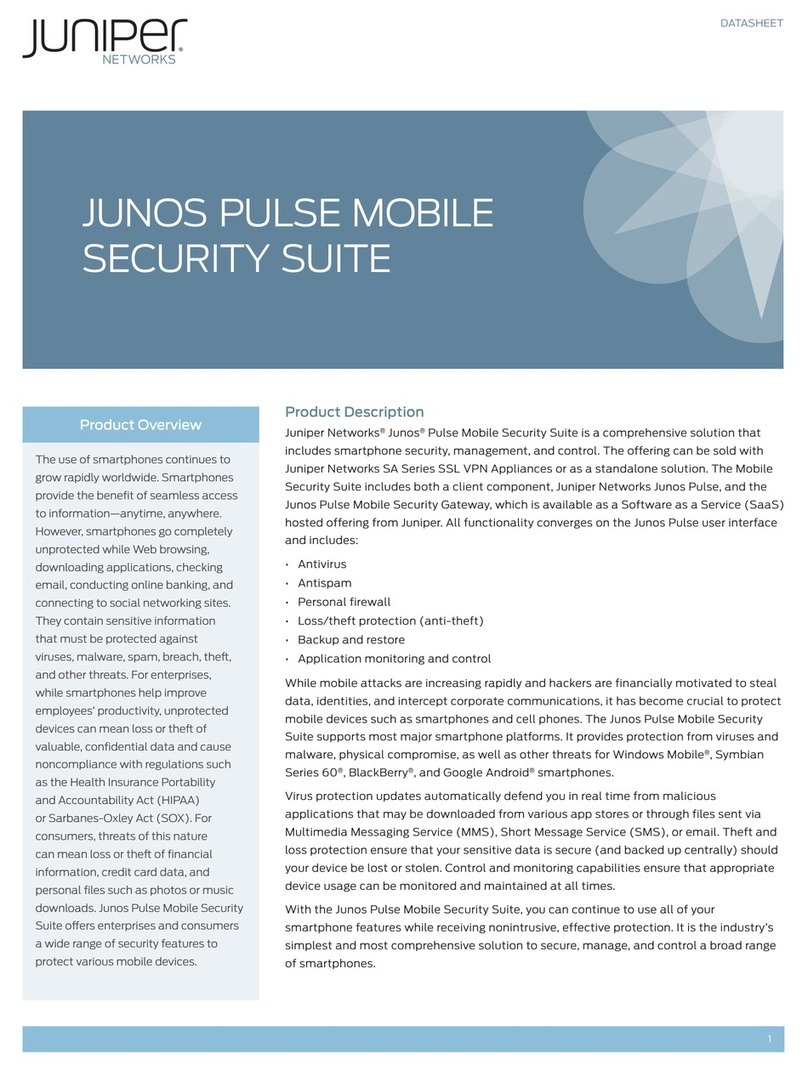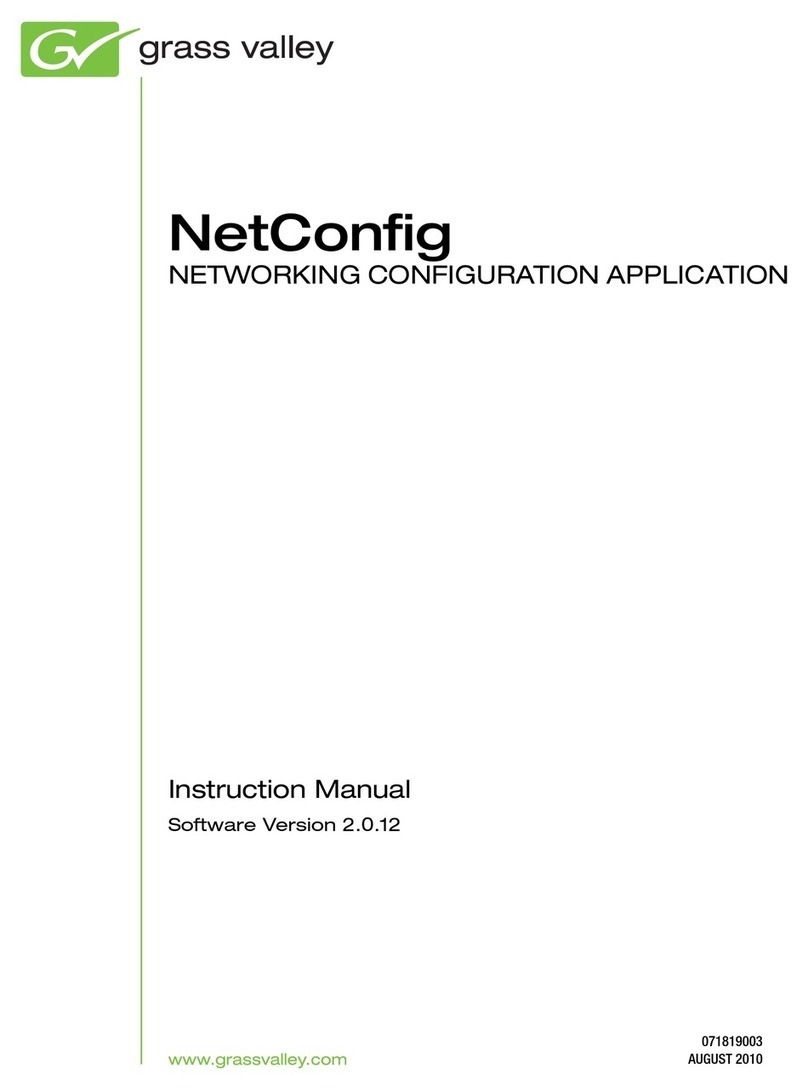
BoilerNet Interface Controller II
V1.00.6
Table of Contents
Introduction........................................................................................................................................................ 1
1 Configuration.............................................................................................................................................. 1
1.1 IP Setup .............................................................................................................................................. 1
1.2 BACnet Setup...................................................................................................................................... 2
1.3 Configuring Site and Alert Data ........................................................................................................... 2
1.3.1 Configuring Site Data ................................................................................................................... 4
1.3.2 Configuring the Alert Data ............................................................................................................ 6
2 SD-Card ..................................................................................................................................................... 7
3 Installation .................................................................................................................................................. 8
3.1 Location............................................................................................................................................... 8
3.2 Power and Enclosures......................................................................................................................... 8
3.3 BoilerNet Connections......................................................................................................................... 9
3.4 Configuring the Boilers ...................................................................................................................... 10
3.5 Operation .......................................................................................................................................... 11
4 Web (HTML) Interface .............................................................................................................................. 12
4.1 User Passwords ................................................................................................................................ 15
4.2 Site Data ........................................................................................................................................... 17
4.3 Alert Data .......................................................................................................................................... 19
4.4 Site Log............................................................................................................................................. 20
4.5 System Status Display....................................................................................................................... 21
4.6 Boiler Status Display ......................................................................................................................... 23
4.7 User Settings..................................................................................................................................... 24
4.8 Setbacks ........................................................................................................................................... 25
4.9 Installer Settings................................................................................................................................ 26
4.10 Load Settings .................................................................................................................................... 28
4.11 Multi-Boiler Settings........................................................................................................................... 29
4.12 Cleaning Information ......................................................................................................................... 30
4.13 Diagnostics........................................................................................................................................ 31
4.14 Boiler Logs ........................................................................................................................................ 32
4.15 Boiler Error Logs ............................................................................................................................... 33
